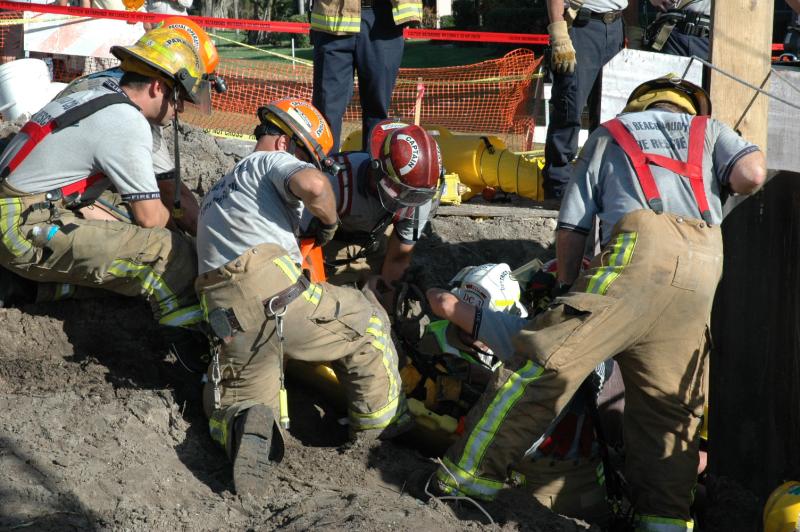Fall and Construction Accident Prevention with Virtual Reality
Virtual reality (VR) can help prevent construction accident injuries and deaths. Recently, the American Society of Safety Professionals developed a virtual reality app for fall protection training. The app provides an immersive experience where the trainee is transported on the roof of a building, has to identify hazards and select the the proper equipment and tools to execute a dangerous task. The advantage of virtual reality is that it can virtually put workers in dangerous situations and let them experience how their actions can affect outcomes without taking any safety risks. So far the app is pretty basic but as technology continues to develop, it has a great potential to become a fantastic training tool for fall prevention.
Other simulators such as welding simulators are now used by 30% of union chapters in the US. Virtual sprayers to learn how to paint have also been in use for the last 5 years saving a lot of paint and material. A virtual lift simulator was presented last year at the Iron Workers annual conference as well as a beta version of a virtual training room where several trainees can work together in the same space. More and more unions are considering adding VR in their training programs especially now that VR providers are trying to bring the costs down.
 New York Personal Injury Attorneys Blog
New York Personal Injury Attorneys Blog











